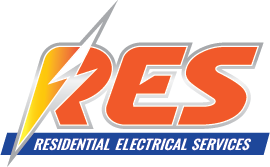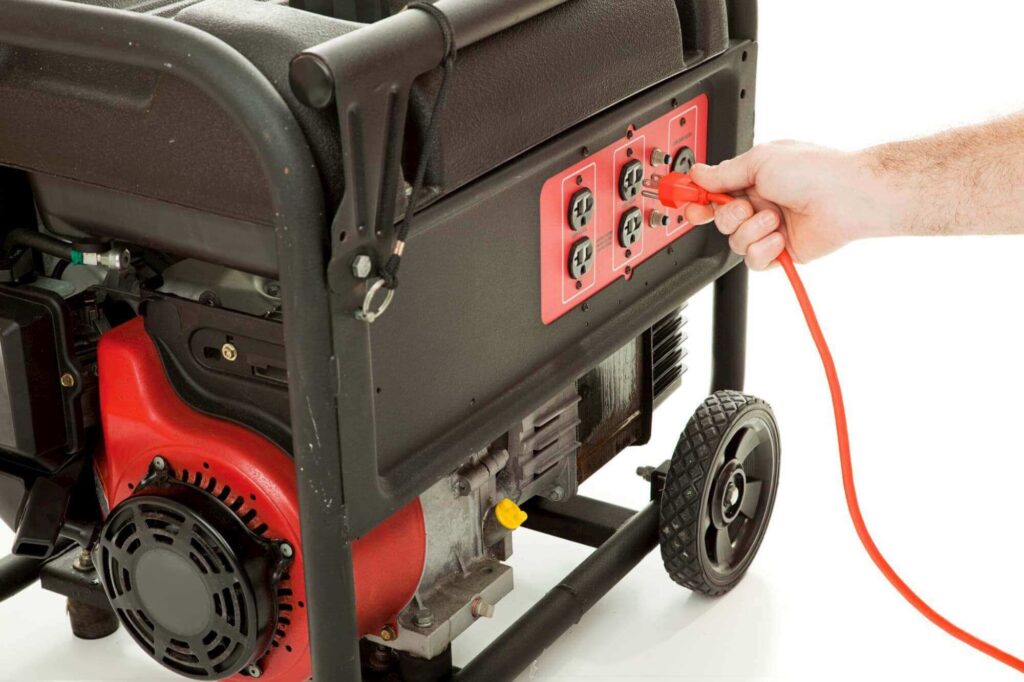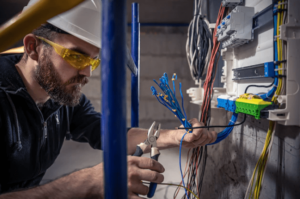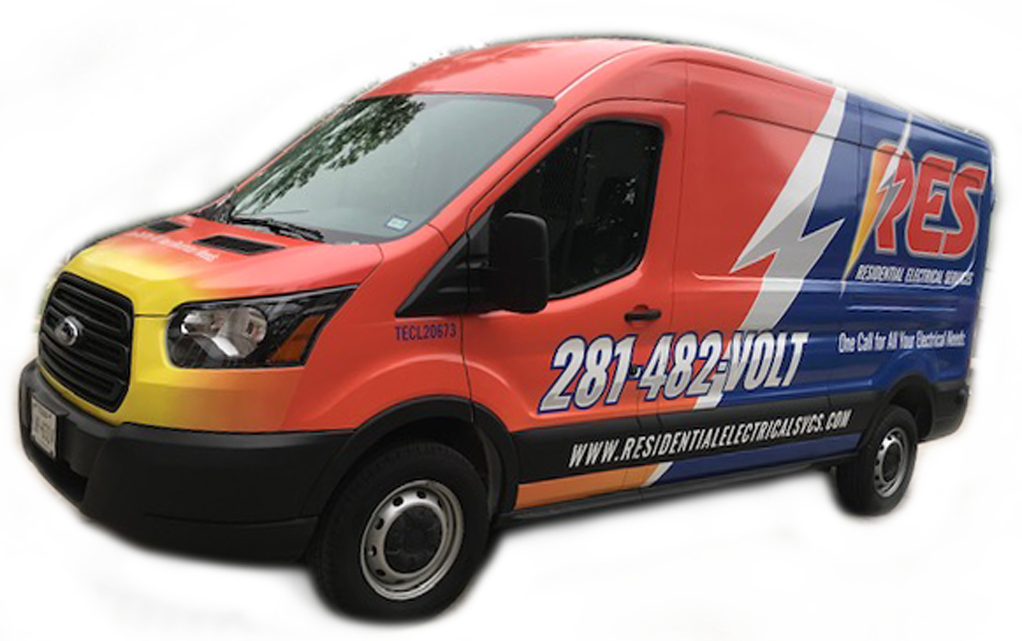Choosing the right backup generator is almost as important a decision as choosing to install one at all. Learn how to make the right choice from our experts.
Did you know that power outages affected 146 million households in the United States last year?
If your household is commonly affected by power outages or if you’re looking to prepare for the upcoming hurricane season, purchasing a backup generator is an investment you certainly won’t regret.
However, if you’re unsure of how to choose a backup generator, you may be stumped shopping around for one. Today, we’ve created this complete guide to help you get a better understanding of how to shop for and install a backup generator.
Keep reading to learn more!
Figure Out How Much Power You’ll Need
Before you invest in a backup generator model that your neighbor recommended to you, you need to figure out exactly how much power you need.
To calculate this, you’ll want to go through the appliances in your home that you’ll need to keep running during a power outage. Look on the label of each appliance you have and add up how much power you’ll need to keep them running during an outage. You’ll need to add up the wattage of all of the appliances.
Pick Out A Backup Generator
Once you figure out how much power you need, take the total sum of the wattages that you discover and multiply the number by 1.5. You’ll want to do this multiplication because appliances will need additional power to get themselves started.
This number (after multiplying) will let you know exactly how much power you’ll need to keep your home up and running during a power outage.
Prioritize Safety
When you’re picking out a backup generator, you should prioritize your safety. You should attempt to invest in a model that has a built-in sensor that will force the backup generator to automatically turn off if it detects a dangerous level of CO2.
Installing Your Backup Generator
When you’re installing your backup generator, you should be certain to follow basic safety guidelines so that you can keep your family safe.
No matter what make, model, or size backup generator you invest in, you should always be certain to keep the generator at least 20 feet away from your home. The exhaust from the backup generator should be aimed away from your home. Be certain to avoid pointing the backup generator exhaust towards AC units, doors, or windows.
Improperly venting the generator can increase the chances of someone in your family developing carbon monoxide poisoning, which can be fatal.
Understanding How to Find a High-Quality Backup Generator
By taking the time to discover what your household needs to power necessary appliances during a power outage, you can get a better understanding of what type of backup generator you’ll need to invest in.
Properly setting your backup generator up when you’re going to use it is imperative to your family’s health and safety. Take the time to ventilate your backup generator and you’ll keep your loved ones safe.
Do you depend on a backup generator right now because the electricity in your home just won’t turn back on? You may be having an electrical problem in your home. Our team of experienced electricians is here to help you.
Click here to contact us today to schedule an appointment.




